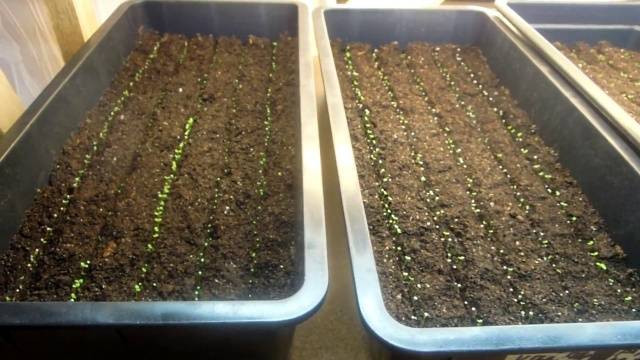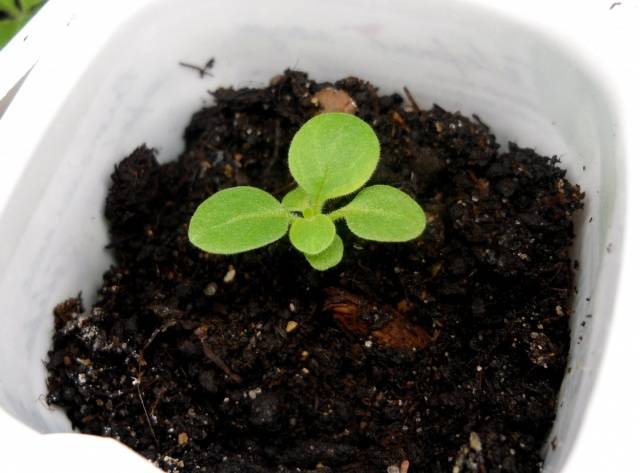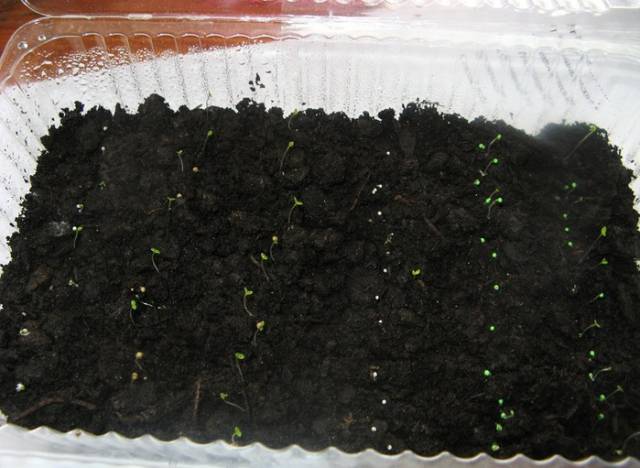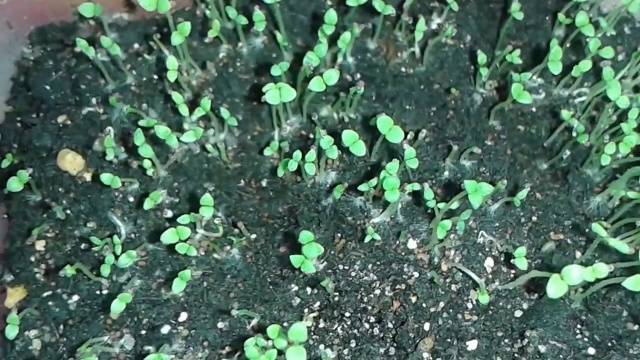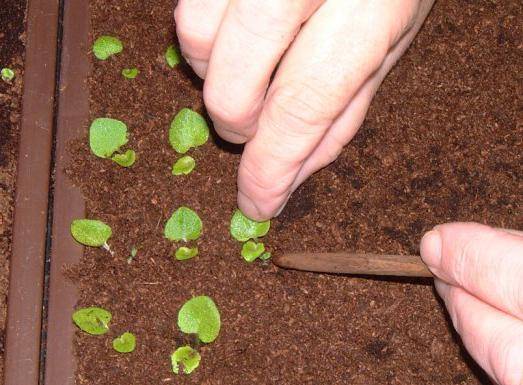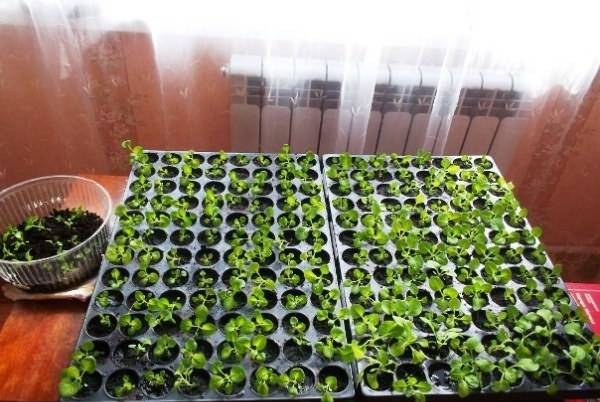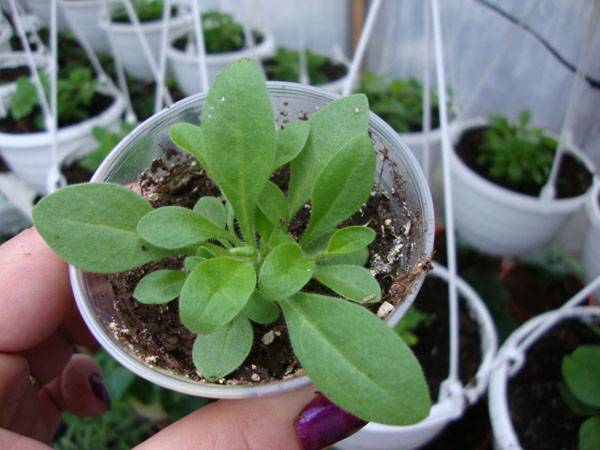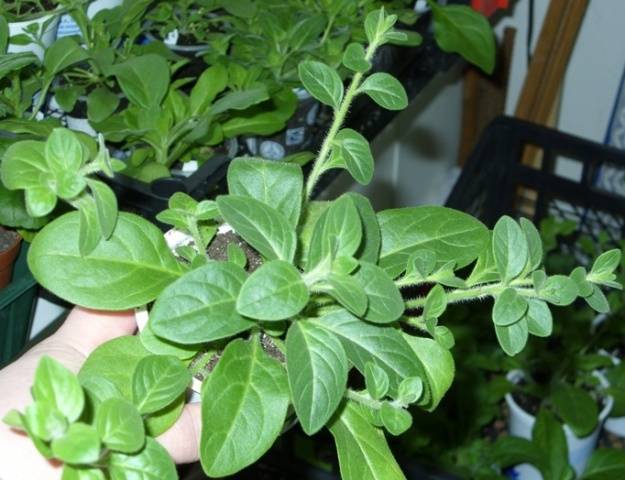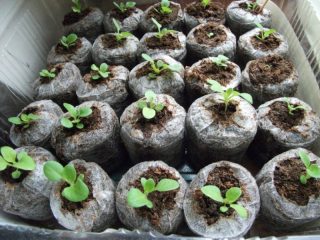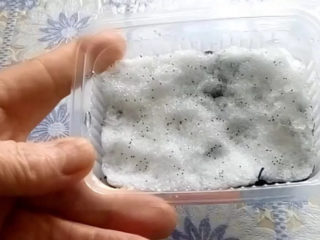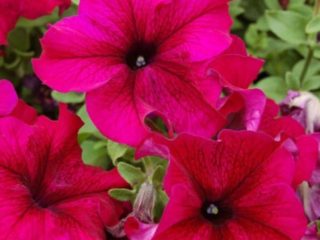Content
Petunias are very beautiful and unpretentious flowers that are gaining more and more popularity every year, thanks to the emergence of more and more diverse varieties and varieties. Experienced flower growers strive to further diversify their collection. And beginners really want to grow some sort that especially struck them, a bag of seeds of which they acquired in a fit of inspiration. And when they came home, they wondered if it was real? After all, petunias, despite their unpretentiousness in adulthood, are quite capricious at the seedling stage. And their shoots look especially unusual.
They are really capable of scaring any novice grower if he has not yet dealt with small seeds before. It seems absolutely incredible that luxuriously flowering petunias plants will ever grow from these tiny strings. Nevertheless, you should not be afraid. You just need to find out in more detail what petunia seedlings need in the first place, and what are the features petunia care after emergence.
Basic requirements of petunia
There are several conditions, without which it is almost impossible to grow good seedlings of petunias.
Light and temperature
The first and main thing that is vital for petunia seedlings is light. Light is still needed by her seeds to germinate. Without light, in a dark place, they either do not germinate at all, or they germinate with a delay and very uncomfortably.
But after germination, when only thin white loops appeared from the ground, the petunia seedlings must be transferred under the brightest lighting that only exists in the house. It is because of the lack of light that petunia seedlings planted in winter, in January or in February die. They are not at all satisfied with the short daylight hours that are observed at this time of the year.
And even additional lighting will not suit them all - its level should be at least 25,000 Lux, and even better, so that it reaches 50,000 Lux. And for optimal development of petunia seedlings in the first weeks of life, it is desirable that this lighting be turned on around the clock. If it is not possible to guarantee the seedlings such lighting, then it is necessary either to postpone the sowing until better times, or to lower the temperature.
Oddly enough, it is this technique that helps plants best. If during the germination of petunia seeds the temperature was kept at the level of + 22 ° C - + 25 ° C constantly, then as soon as the seedlings have sprouted, it is advisable to lower the temperature by a few degrees, at least at night. That is, it is optimal that during the day it was at + 20 ° С, and at night it dropped to about + 16 ° С- + 18 ° С.
In general, it is best that both the lighting is maximum, and the temperature difference between day and night is slightly felt. It is in such conditions that petunia seedlings will feel best and grow strong and squat. Since the abundance of light has a beneficial effect on the aerial part of the plants. While the difference in temperature allows petunia roots to actively develop.
Often, among novice flower growers, petunia shoots more resemble thin elongated strings than chunky bushes. This is due to the content of seedlings at elevated temperatures and at the same time insufficient lighting. If there is absolutely no way to slightly lower the temperature of the content, the only way out is to provide the seedlings with a lot of light.Light still comes first for petunias.
Humidity
Usually petunias are sown either in small trays with lids, or in peat tablets, which are placed in containers with lids. That is, in any case, petunia shoots appear in such kind of mini-greenhouses, where, of course, they feel good and comfortable.
The required humidity in such containers is maintained by itself. But after the emergence of shoots, it is advisable to open the lids of such containers. First, for 5-10 minutes, then daily increasing the “hardening” time, so that approximately 10-15 days after germination, the lid can be removed completely. After the petunia seedlings are a week old and the very first so-called cotyledon leaves unfold well, the lid can be removed, for example, at night. Thus, it is possible to arrange that very small decrease in temperature at night, which is so necessary for petunia seedlings for good development of the root system.
While the lid is mainly on the container with seedlings, it practically does not need watering. In general, with watering at the initial stage of growing petunia seedlings, you must also be very careful. It is better to underfill than overflow. And you need to water, of course, not in the usual way, but using a pipette, syringe or the method that the florist talks about in this video material:
It will be better if the land in which it grows seedling petunia, will be somewhat dried. Since the roots develop better in loose soil than in waterlogged soil. Of course, plants should not be allowed to wilt either. But it so happens that you could overdo it a little, caring for the seedlings, and overwet the petunia seedlings. If at the same time you notice that the seedlings have begun to thin and glassy (an early sign of a black leg), then you can try to add dry calcined sand or fine vermiculite to the roots. They absorb moisture very quickly and most sprouts are likely to be saved.
After removing the lid and before blooming the first and even the second true leaves, petunia seedlings must be monitored for moisture every day. Neither wilting nor overflow of plants should be allowed. It is even easier to add a hydrogel with vermiculite to the soil mixture at the stage of drawing up the soil mixture. Then the soil will not be able to dry out so quickly, and will always contain a certain amount of moisture. This will allow beginners to be less worried about the condition of the seedlings.
Watch another video that describes just this period:
The first months of seedling life
The hardest part is already over, but it is still not recommended to relax. At the age of two weeks, the first true leaves begin to appear in petunia seedlings. From this point on, the growth and development of petunias will accelerate somewhat, although it is still not enough for those who are engaged in growing these flowers for the first time. Indeed, at the first stage, the development of the aboveground part is not just slow, but very slow, and novice growers need to be patient.
Picking
After the opening of the first true leaves, petunia seedlings can already diveif it was planted in common trays. For those who are doing this for the first time and are somewhat afraid of this procedure, the following advice can be given. Grow petunia seedlings without picking - in peat tablets or in separate small cups, or wait a little longer until the second pair of real leaves bloom. But only if you sowed ordinary, non-irrigated seeds and, out of inexperience, planted them too densely, then it is advisable to plant the seedlings as soon as possible, otherwise they will soon have no room for growth.
The picking procedure itself is not as scary as it seems.
- Before starting it, it is advisable to moisten the container with petunia seedlings, especially if this has not been done for a long time.
- Either cassettes or individual cups are prepared in advance, covered with loose fertile soil. You can also add vermiculite or hydrogel to it, especially if the containers are small and there is a possibility of quick drying of the soil.
- Depressions are made in containers, about one centimeter.
- Then, with a thin stick, toothpick or match, carefully dig out the sprouts one by one, picking them up, and drag them one by one into the prepared grooves.
- You deepen them there to the very cotyledonous leaves and gently crush them with earth on all sides with the help of the same stick.
- When all the sprouts are transferred and buried, they can be lightly poured from a syringe with literally a few drops per plant.
Usually, a week after this procedure, petunia sprouts take root well and grow quickly.
Top dressing
It is from this period that the time comes for regular feeding petunias, without which she can never bloom profusely. For the first feeding, it is advisable to choose complex liquid organic fertilizers with a predominance of nitrogen. It is highly desirable that they also contain the main trace elements in a chelated form, especially iron and calcium.
For petunias, the following feeding scheme will be optimal: a suitable fertilizer is diluted 3-4 times in comparison with the manufacturer's instructions and the resulting solution is used regularly for watering seedlings instead of water. About once a week, instead of such root feeding, petunias can be sprinkled on the leaf with the same solution. Such foliar dressing can also be carried out using potassium humate or vermicompost.
Topping
Around the same period, the time comes for another agrotechnical technique, which is often used when growing petunia seedlings - its pinching. In earlier years, this was a mandatory procedure, since most of the old varieties of petunias could not branch at all and grow into one stem if they were not pinched. The first pinching is usually done when the shoots are 7 to 10 cm long, or after 2-3 pairs of true leaves have opened. It consists in gently pinching off a piece of the stem with a growth point above the topmost leaf with nails or nail scissors. Sometimes they make it easier - they just break off the topmost sheet. In this photo, a petunia bush before pinching.
In the next photo, the same petunia bush immediately after pinching.
If you are dealing with ordinary bush forms of petunias, then after this procedure, additional lateral shoots begin to actively appear from the axils of all leaves.
The second pinching is carried out as necessary, when the length of the shoots has already reached 10-15 cm. At the same time, they try to remove only the very tip of the shoot in order to preserve the flower buds already laid on the bush. Further pinching petunia bushes carried out after planting seedlings in the ground with strongly grown shoots, if you want to achieve uniform overgrowth of the bush.
The numerous modern varieties of petunias that have appeared in recent years do not need or almost do not need to be pinched. Already after the appearance of the second pair of leaves, one can notice that lateral shoots from the main leaf sinuses begin to form and actively grow in them.
Therefore, most likely, you will not have to do anything with them. See how in the video below, an experienced florist demonstrates which petunia varieties need to be pinched and which do not:
True, sometimes, if the seedling of petunia does not grow in the most favorable conditions, that is, without a difference between day and night temperatures and in an overly warm place, then it may not start branching. In this case, pinching is required, but it is also desirable to comply with the growing conditions. Monthly seedlings of petunias must not exceed + 18 ° C during the day, and at night it can drop to + 10 ° C + 12 ° C.
Conclusion
If you manage to fulfill all the above requirements for growing seedlings, then petunia will certainly thank you with many beautiful flowers.

